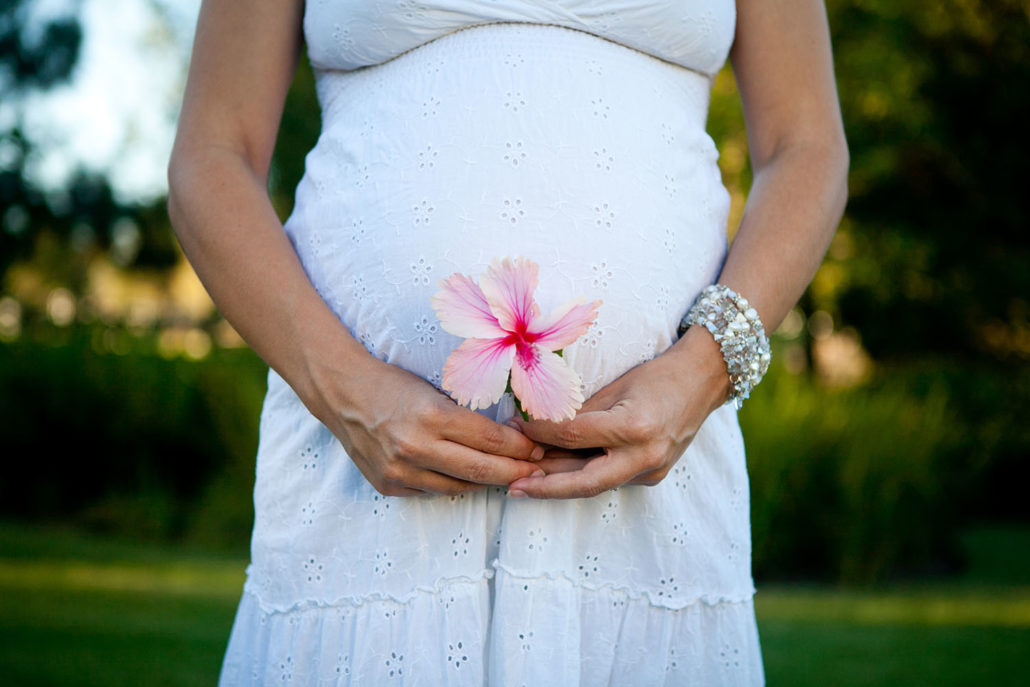Egg Donation
Egg (ovum) donation involves harvesting eggs from a donor chosen by the couple. The donor is usually between 21 and 31 years of age and thus should have a lot of good quality eggs. In a shared donor cycle, half of the eggs go to each recipient couple. This provides plenty of eggs to create a family, but cuts many of the expenses in HALF. The retrieved eggs are fertilized with sperm from a donor or from the male partner of a recipient couple. a The resulting embryos belong to the recipient couple/patient. One or two embryos are transferred to the recipient’s uterus and the remaining embryos are cryopreserved (frozen) . Cryopreserved embryos can then be utilized in future attempts at pregnancy.
Surrogacy
Sometimes (rarely) a patient is unable to carry a pregnancy. This is where a GESTATIONAL surrogatebecomes involved. Gestational Surrogates carry a baby for the intended parents. This is done by creating embryos via IVF and then transferring them to the uterus of the surrogate. To truly be a surrogate, the eggs must be from a DIFFERENT woman. The State of California will consider the resulting baby to be the child of the intended parents as stated in the contract between the intended parents and surrogate. No other arrangement is recognized as surrogacy by the state.
We work closely with select agencies to coordinate cycles involving gestational surrogacy. The surrogate must be a close relative of the patients or hired through an agency (not through the internet or a friend) to ensure safety to all parties. Please call if you have further questions about surrogacy.


